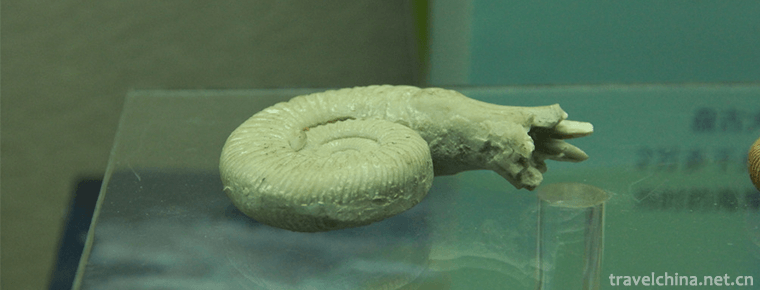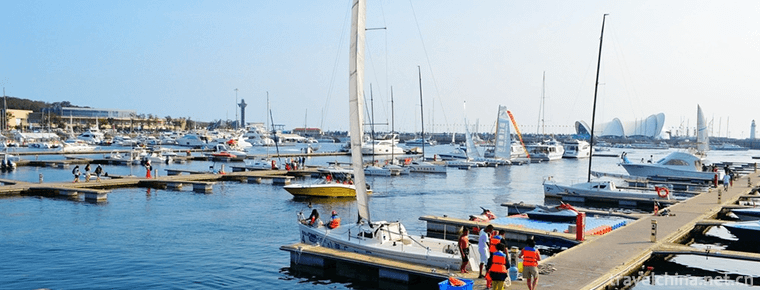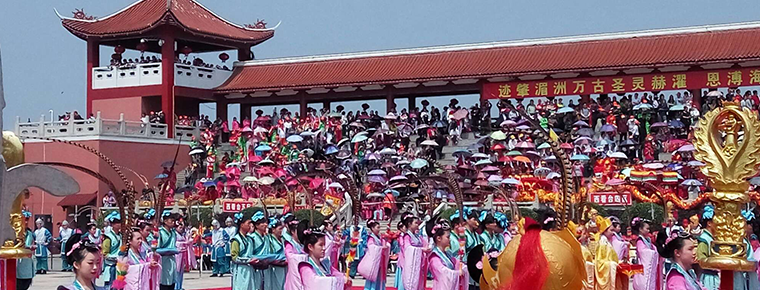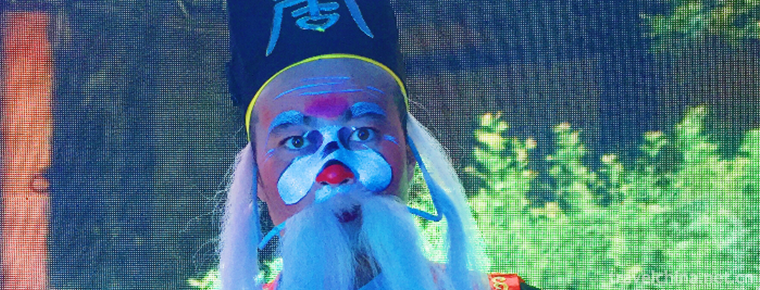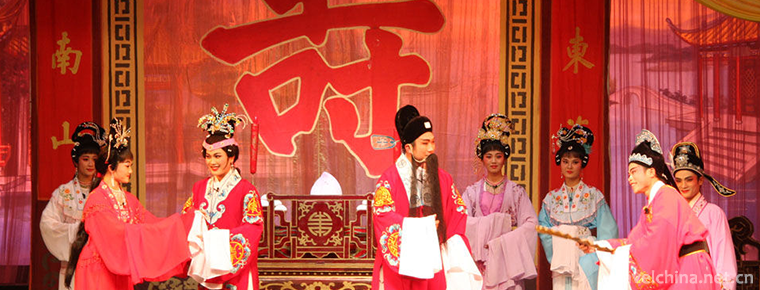Jiaying Scenic Spot
Jiaying Scenic Spot
Jiayingguan, commonly known as the Longwang Temple of the Yellow River, is located in Jiayingguan Township, Wuzhong County, Jiaozuo City, Henan Province, China. It was built in the first year of Yongzheng Qing Dynasty (1723). It is 35 km from Jiaozuo City. Its geographical coordinates are 35 02 15.89 North latitude, 113 30 12.48 East longitude, covering an area of 9.3 square kilometers .
Jiayingguan's main scenic spots include imperial stele pavilion, Yan Dian, Dawang Dian, Gongyi Pavilion and Shun Wang Pavilion, which are divided into south, north and east-west courtyards. They are the Qing Dynasty building complex which imitates the Imperial Palace and integrates officials, temples and government.
Jiayingguan is a national AAAA-level tourist attraction , and is the fifth batch of national key cultural relics protection units.
Historical Evolution
From the 60th year of Kangxi (1721) to the first year of Yongzheng (1723) in the Qing Dynasty, there were five breaches of the Yellow River in Wuzhong, and Yongzheng, the Kangxi faction, was personally at the breach .
In the first year of Yongzheng (1723), after Yongzheng's succession, Zheng Zengyun, the deputy governor of the river course and the servant of the military department, was ordered to reinforce the dyke and inscribe it with the title of "Imperial Dam". Yongzheng was sacrificed to the river god and admired the governors of river regulation in successive dynasties, and the imperial edict began to build Jiaying Guan .
In the fifth year of Yongzheng (1727), Jiayingguan was completed.
In 1950, Jiayingguan West Court established Fu Zuoyi and the former Soviet Union expert headquarters for the control of the Yellow River, developed the water resources of the Yellow River and built the People's Victory Canal.
In March 1951, the People's Victory Canal began construction.
In April 1952, the People's Victory Canal held the opening ceremony; in June of the same year, irrigation of farmland; on October 31, Mao Zedong visited .
Architectural pattern
Jiaying Guan is located in Jiaying Guan Township, Wuzhu County, Jiaozuo City, Henan Province, covering an area of 9.3 square kilometers, divided into south, north and east-west courtyards; the north courtyard is a building group for worshipping river gods and patrolling River palaces; the central axis of the north and South are mountain gates, imperial stele pavilion, Yan Temple, Royal palace, Gongyi pavilion, Shun Wang Pavilion; symmetrical on both sides are Yemen, imperial horse pavilion, bell, drum tower, changing clothes palace, Longwang palace, Fengyu god. Palace; East-West courtyard for Hetai, Daotai Ya Department; South courtyard original theatre buildings, archways; Guanxi original Chen Gong Temple; Jiaying Guan each hall ceiling has 65 circular paintings of dragon and phoenix, is the pre-Qing Manchu artistic style (the Forbidden City dragon and Phoenix picture is a combination of Manchu and Han, Jiaying Guan dragon and Phoenix picture is a clear and uniform Manchu cultural style), the ceiling material is sandalwood, no spider web, not sticky. Dust, birds and insects do not enter, so also known as "dust-free hall", the hall for the heavy eaves Xieshan corridor building .
Major attractions
Shanmen
Shanmen, located at the southern end of Jiayingguan, is a single eaves hilltop, covered with blue glazed tiles, under the eaves are five heavy-duty dome arch, the outside eaves are painted on wood, and the front door plate has the book "Jiaying Guan of Rongjian", which is Yongzheng Handbook .
Royal Stele Pavilion
The imperial stele pavilion, located in the south of Jiayingguan, resembles the crown of the Qing Dynasty. The large bronze stele written by Yongzheng is 4.3 meters high and has a copper surface with iron tyres. 24 dragons are twined around the stele and its base is Jiao .
Yan Dian
Yan Dian, located in the south of Jiayingguan, is the ritual hall where the princes and ministers worship River gods. The plaque of Jiayingguan is inscribed on Yongzheng.
Grand Palace
The Grand Palace, also known as the Central Hall, is located in the central part of Jiaying Guan. It is a corridor-style building in Zhongyan Xieshan. There is a gold medal of "Qin Zhi Runyu" in the hall. Runyu is the title of Tara Niu, the capital of Yongzheng emperor who runs the Yellow River in Wuyong (Niu Niu is the emperor's uncle and the first chairman of Jiaying Guan). There is a tablet in front of the hall called Shuiqing Monument, also Lingshi Monument .
Gongyi Pavilion
Gongyi Pavilion, located in the north of Jiayingguan, is the place where the clothes were arranged before the worship of King Yu for the princes and ministers.
Dao Tai Ya Department
Dao Tai Ya Department, located in the West courtyard of Jiaying Guan, is the office of Dao Tai in Hebei Province in Qing Dynasty dealing with river control and locust control. It has Huangqin Hall, two river barracks and two compartments. The courtyard at the north end of the Ya Office is the old site of Fu Zuoyi and the former Soviet Union expert command headquarters for the control of the Yellow River.
Watercourse Administration
River Yard Department, located in Jiayingguan East Court, is the office of Yongzheng Governing the Yellow River. It has a conference hall, two deacons, stables and so on.
Control of the old site of the Yellow River Command
The site of the Yellow River Command is located at the northwest end of Jiaying Guan. It is the site of the Yellow River Command for Fu Zuoyi and former Soviet experts. The first Minister of Water Resources, Fu Zuoyi, once worked here. The first director of the Yellow River Commission, Wang Huayun, the chief water expert of the Soviet Union in China, Bukov, Professor Zhang Guangdou of Tsinghua University, and geologist Feng Jinglan .
Development and Construction
Infrastructure
In 2017, Jiayingguan launched the construction of intelligent scenic spots, built optical fiber cable, outdoor transmitter and other equipment to achieve Wi-Fi coverage of scenic spots; installed intelligent ticket checker, upgraded the official website of scenic spots, improved the functions of 3D virtual scenic spots, online ticket booking, information consulting, Chinese-English comparison, and so on, and constructed the intelligent management and service system of scenic spots .
brand building
In April 1963, Jiayingguan was designated as a provincial cultural relics protection unit by Henan Provincial People's Committee.
On June 25, 2010, Jiayingguan was successfully established as a national AAAA tourist attraction.
On June 20, 1999, Jiang Zemin inspected Jiayingguan and directed, "Precious, we should protect it well." And the inscription for Jiaying Guan .
In June 2001, Jiayingguan was approved by the State Council of the People's Republic of China to be listed in the fifth batch of national key cultural relics protection units .
Cultural Activity
Historical Legends
In Wuzhzhi River, the imperial official was Niu Niu, the deputy governor of Zuo Du, but there was no record of Niu Niu in Qing Dynasty. There is a biography of Niu Niu in the Chronicle of the Yuhe River, but it is very brief. He did not write about his origin or whereabouts. He only said that he was ordered to govern the river. However, in the biographies of other river ministers, Niu Niu has been mentioned many times, and Niu Niu played a key role in the river management of Wuzhong. The Qing Dynasty was a taboo, and Niu Niu should be Yongzheng's imperial uncle .
Hold activities?
In 2017, Jiayingguan launched performances such as "Emperor Yongzheng Opening Ceremony", "King Yuyu Ceremony", "Palace Qinglong Dance".
Tourism Information
Admission ticket
Jiayingguan tickets are 55 yuan per person; children under 1.3 meters, elderly people over 66 years old with identity cards, active servicemen, soldiers with valid certificates, disabled people with disability certificates are exempted; students with student certificates, elderly people between 60 and 65 years old with identity cards buy half-price tickets in scenic spots .
Opening Hours
Jiayingguan Opening Time: 08:30-19:30.
Traffic Information
From Zhengzhou to Jiaozuo by bus, from Jiayingguan to Jiayingguan on foot.
After getting off the bus, Majesty Wu took the city and countryside bus to Jiayingguan Township and walked to Jiayingguan Township.
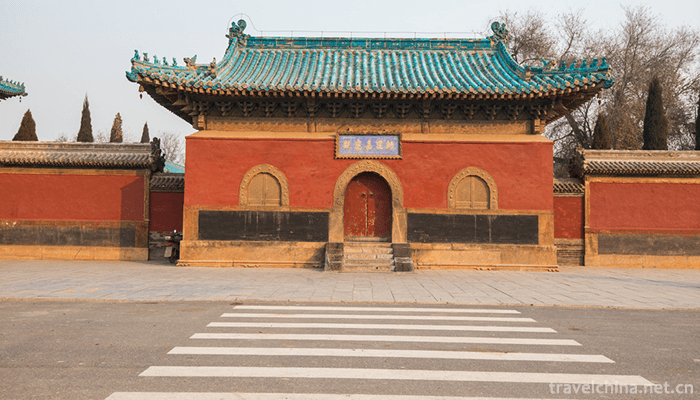
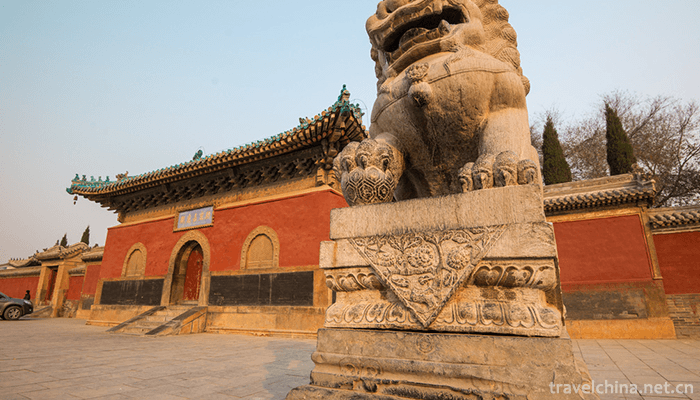
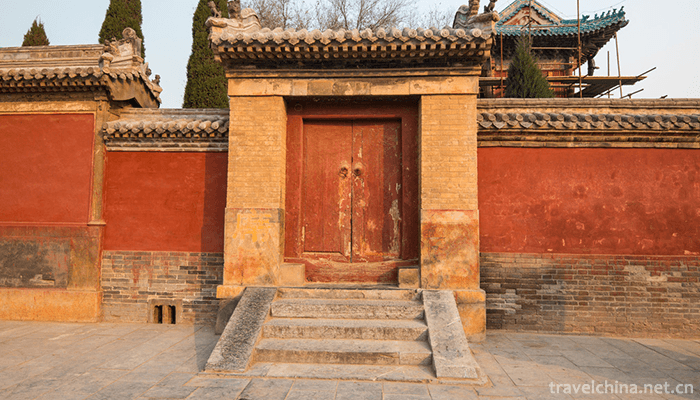
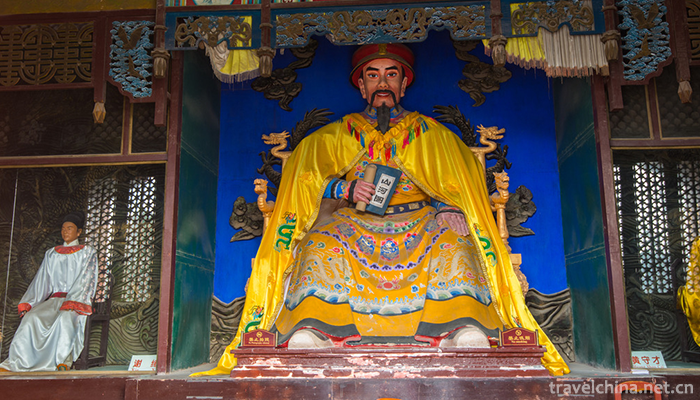
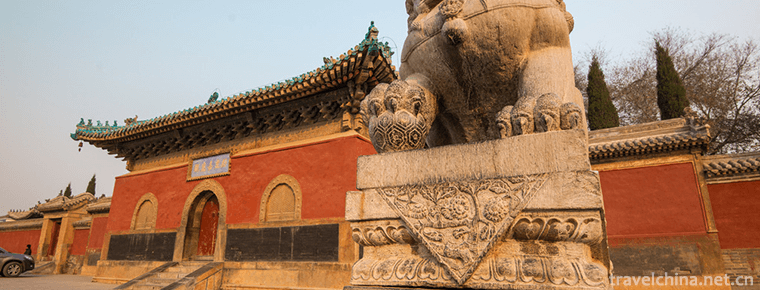
Jiaying Scenic Spot
-
Chengjiang biota
Chengjiang biota is located near Maotianshan, Chengjiang, Yunnan Province, China. The stratum of Chengjiang biota is yellow-green silty shale of Yudanshan section of Qiongzhusi Formation of Lower Camb
Views: 194 Time 2019-01-05 -
qingdao olympic sailing center
Qingdao Olympic Sailing Center Scenic Spot is located in Fushan Bay, Qingdao City, and Qingdao's landmark scenic spot - May 4th Square offshore, covering an area of about 45 hectares
Views: 264 Time 2019-02-07 -
The Mausoleum of the Yellow Emperor
The Mausoleum of the Yellow Emperor is one of the national intangible cultural heritages, which has formed a certain scale format and sacrificial ceremonies in the long-term practice.
Views: 169 Time 2019-05-04 -
Eyebrow household
Eyebrow households, distributed in Shanxi, Shanxi, Shaanxi, Gansu, Western Henan and other provinces, also known as "Eyebrow Shao" or "confusion", are named for their euphemistic m
Views: 106 Time 2019-05-31 -
Valorafo Festival of the Qiang Nationality
The "Valorafo Festival of the Qiang Nationality", known in Chinese as the "Song Fairy Festival" or "Leading Song Festival" and "Song Invitation Festival", is a
Views: 190 Time 2019-06-10 -
Hainan opera Qiongju Opera
In June 2008, Qiongju Opera declared by Hainan Qiongju Theatre and Haikou City was listed in the second batch of national intangible cultural heritage list with the approval of the State Council.
Views: 226 Time 2019-06-11 -
Shaoxing Xuanjuan
Shaoxing Xuanjuan is a traditional rap art with religious color, which is mainly used to worship gods and pray for blessings. Since Tang Dynasty, it has developed into folk art in Qing Dynasty. The So
Views: 197 Time 2019-06-14 -
Zhongshan Salt Water Song
Salt water song is a form of expression of Guangdong local folk songs, which is mainly spread among farmers and fishermen in the coastal and river network areas of Zhongshan, Panyu, Zhuhai and South C
Views: 102 Time 2019-08-03 -
Luodai Ancient Town
Luodai Ancient Town is located in Longquanyi District, Chengdu City, Sichuan Province, with a total area of more than 20000 square meters. Luodai Ancient Town is a national historical and cultural town and one of the five "Dongshan five fields" in Chengdu.
Views: 184 Time 2020-11-05 -
Deyang scenic spot
There are Sanxingdui ancient Shu civilization sites in Deyang City, where a large number of national treasure level cultural relics such as bronze Dali Man, bronze mask, bronze sacred tree, gold stick and Bian Zhang were unearthed. There are also the pangtong
Views: 328 Time 2020-12-14 -
Leshan social service
By the end of 2018, there were 13 social welfare homes in Leshan City with 2908 beds and 2182 people in the hospital. The sales of social welfare lottery tickets totaled 385.69 million yuan, raised 109.75 million yuan of welfare lottery public welfare fund,
Views: 176 Time 2020-12-17 -
Leshan scenic spot
As of 2018, Leshan City has 3 world-class heritages, 10 national key cultural relics protection units, 4 national intangible cultural heritages, 3 national scenic spots, 2 nature reserves and wetland parks, 3 National Forest Parks, 1 National Geological Park and 1 Mining
Views: 340 Time 2020-12-17
